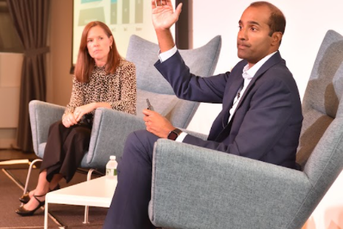SALT conference panel demystifies crypto custody concerns

Crypto custodians must provide the same types of institutional infrastructure available to any other asset classes.
In a Salt conference panel Wednesday on the opportunities and obstacles facing institutional crypto adoption, participants addressed common misconceptions surrounding crypto custody and investors' fear of getting hacked or losing their investments.
The takeaway? Crypto custodians must provi
Learn more about reprints and licensing for this article.








